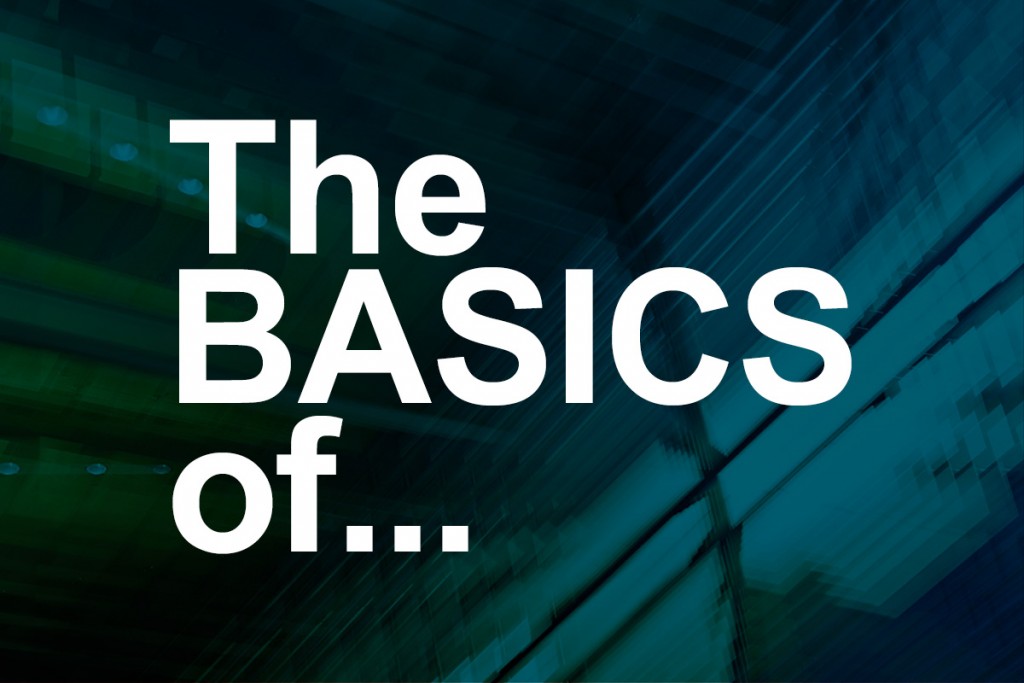Dogs bark, horses neigh, birds tweet, and humans speak…..?
Hmm…that is how we communicate verbally but this is not by any means the way we communicate entirely. Peacocks spread their plumes, dogs prick their ears, chameleon’s change colour and humans communicate with each other in many, many ways.
Communication is much more than the words which come out of our mouths. Communication is sending or receiving information by whichever means possible or necessary. Humans are good at seeing and understanding the subtlest of communication. The smallest eye movement…as small as a dilating pupil signals a message to the other person.
When you think of improving your communication skills, think of it holistically. Think of your whole body being a hub of communication.
How humans communicate other than through words
- Physical gestures are our non-verbal communication tools where the language of the body communicates on its own or in partnership with speech. Think hand gestures, head angles, physical poses, posture. Communicative gestures could be waving, holding your thumbs up, pointing or saluting. But they are not universal and you need to understand the different gestures for different countries in order to be well received. Sign language is of course the ultimate communication using an entire repertoire of gestures. We are apparently born to speak with our hands and researchers have found that children at 18 months old who use hand gestures have better language abilities later on in life. 20 Hand gestures you should be using
- Our faces are extremely expressive and communicate countless emotions without actually saying a word. A person’s face is our best indicator of someone’s emotions. There are seven universal micro-expressions: disgust, anger, sadness, fear contempt, surprise, happiness which appear at speed as fast as 1/15to 1/25 of a second. These facial expressions of emotion are the same across every culture.
- Role of facial expressions in social interactions
- A guide to reading micro-expressions
- Colour change is the main way a chameleon communicates and is also a factor in human communication. We know what it is like to blush and go a little pink or red in colour through embarrassment. Blushing is a sign of emotional rumblings and is normally involuntary and triggered by emotional stress. Unfortunately there is not a lot you can do about this one other than make sure you are relaxed before any potentially uncomfortable situation.
Auditiry Communication
While speech is how you use words, voice is how you create sound. ‘It’s not just what you say it’s how you say it’. When we speak people are not only listening to the words we utter, but are also listening to the tone and clarity of our voices. The speed we speak at can tell the other person the speed we work at and can also tell them when we are nervous. The pauses you take, the tone and pitch you speak at are all important qualities in communication. There is also a ‘Timbre’ which is the emotional quality of your voice, the attitude behind what you are saying. A listener will perceive your attitude to what you are saying through the timbre in your voice and will use this to create a perception and understanding of you and what you are saying.
Touch Communication
Touch is the first sense that we acquire and the secret weapon in any successful relationship. A more personal way of communicating, its’ taking things to the next level in a business relationship. Every time somebody gives you a handshake it gives you an impression of them, good, bad or in-different and is the most effective way to communicate emotion. There’s more to touch in the workplace than a handshake and a pat on the shoulder…! Giving your colleague a business hug is the next level of connection, sharing vulnerability and mutual respect in a non-threatening embrace.
- How do I communicate?
- How would you describe my communication style?
- How do I make you feel when I am communicating with you?
Read more about Communication Skills Training
Read our other blog posts discussing Communication Skills
Sartaj Garewal is the founder of Dynamic Presenting – a creative, leadership development consultancy, adapting theatre training to create leadership programs for business.
Dynamic Presenting – Enabling Powerful Communication

